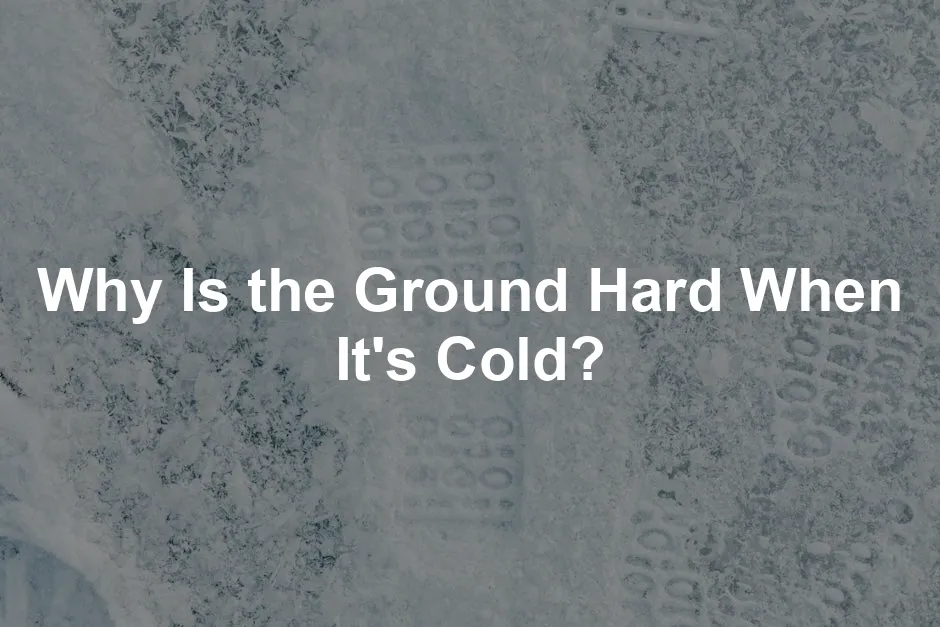
Why Is the Ground Hard When It’s Cold?
Introduction
In winter, when the temperature drops, walking on the ground can feel like a high-stakes game of Twister—one minute, you’re gliding across a soft surface, and the next, you’re slipping on what feels like a frozen slab of concrete. But why does this happen? What makes the ground hard when it turns chilly? This article aims to break down the science behind frozen ground, exploring how and why the earth transforms into a hard, unyielding surface during colder months. So, grab your winter boots and let’s uncover the fascinating world beneath our feet!
When temperatures dip below 32°F (0°C), the moisture in the soil freezes. This transformation is a bit like a magician’s trick—water becomes ice, and the once pliable ground hardens. The phenomenon affects various ecosystems and even our daily lives. For instance, farmers face challenges in crop management, while construction workers must adapt their methods to navigate the icy terrain.
The freezing process is influenced by several factors, including soil composition, moisture levels, and local climate conditions. Snow cover can act as an insulating blanket, preventing the ground from freezing too deeply. Understanding these elements is crucial for anyone who ventures outdoors in winter or works in agriculture or construction. So, why does this icy transformation occur? Join us as we dig into the details of why the ground becomes hard when winter rolls around!
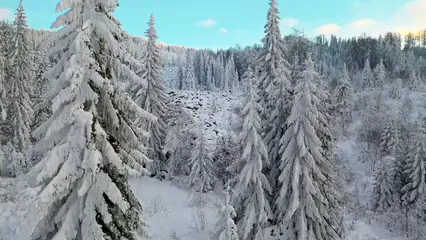
Factors Influencing Ground Hardness
Soil Composition and Texture
The type of soil plays a significant role in how ground hardness is affected by freezing temperatures. There are three primary soil types: sand, clay, and loam. Each reacts differently when the mercury drops.
- Sand: This soil has large particles and excellent drainage. When temperatures plummet, sand can freeze quickly, creating a hard surface. However, it also thaws rapidly, meaning it can be a slippery mess shortly after a freeze.
- Clay: Clay particles are tiny and tightly packed. This soil holds moisture well, making it prone to freezing and forming a solid block of ice when the temperature drops. The result? A lovely, glacial-like surface that makes walking a precarious endeavor.
- Loam: Loam is a blend of sand, silt, and clay. Its texture allows for balanced moisture retention and drainage. When it freezes, loam can create a moderately hard surface, but it’s less extreme than pure clay. Ice formation in loamy soil tends to be more localized, making it less treacherous than its clay counterpart.
The texture of the soil affects ice formation too. For instance, coarse soils like sand allow for less ice accumulation. In contrast, fine particles in clay can trap ice, creating a hard, unyielding layer. So, next time you’re tiptoeing over an icy patch, remember: it’s all about the soil!

Environmental Elements
- Snow Cover: Snow acts like a fluffy blanket for the ground. A thick layer of snow can insulate the soil below, preventing it from freezing too deeply. This not only helps protect the soil but also keeps the ground softer in winter. If you’ve ever stomped through snow only to discover a squishy ground beneath, you know this insulating effect well.
- Vegetation: Plants play a vital role in maintaining soil temperature. Evergreen trees, for example, block sunlight during the winter, keeping the soil cooler beneath their canopies. A healthy layer of leaves on the ground can also help insulate the soil, reducing the depth of frost penetration.
- Climate Conditions: Humidity and wind are critical players in ground hardness. High humidity can keep soil moisture from freezing as quickly. Meanwhile, strong winds can mix warmer air with cold, preventing the surface from becoming too icy. It’s like nature’s way of keeping things in check—no one wants a frozen tundra when a mild winter walk is on the agenda!
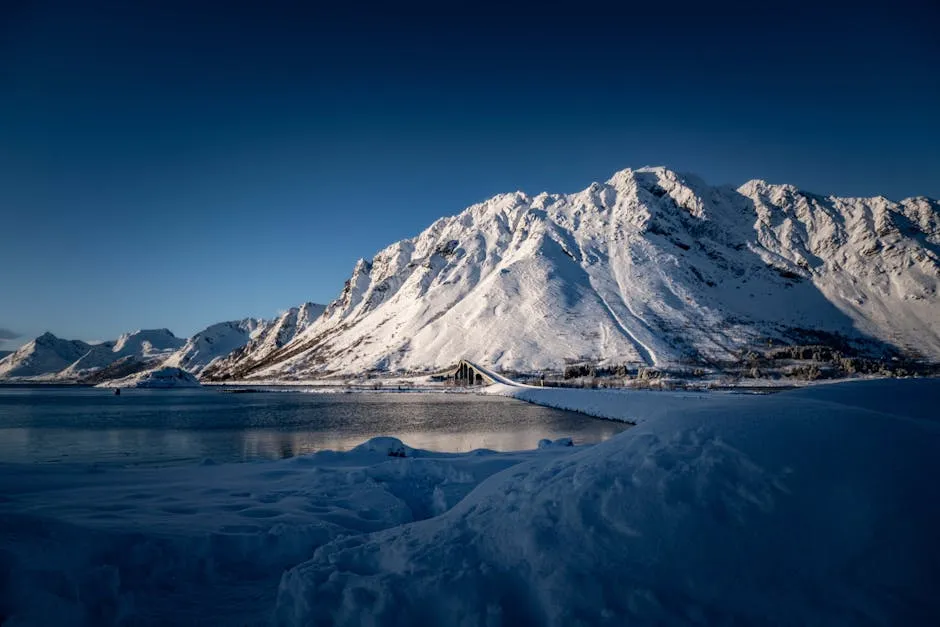
Local Landscape Features
- Hills: Slopes that face the sun can warm up more quickly than shaded areas. This means they’re less likely to freeze solid, allowing for easier movement during winter. Conversely, shaded hills may retain cold longer, leading to hard ground.
- Lakes and Rivers: Bodies of water can act as natural heaters. The water beneath the surface remains warmer, which can prevent freezing even in frigid temperatures. So, if you’re near a lake in winter, enjoy the softer ground while you can!
In summary, the hardness of the ground during cold weather results from a complex interplay of soil type, environmental factors, and local landscape features. Understanding these elements helps us appreciate why some areas freeze solid while others remain more forgiving. So next time you venture outside, take a moment to consider the ground beneath your feet!
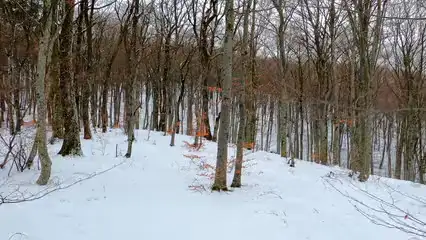
Effects of Frozen Ground
Impact on Agriculture
Frozen ground can be a nightmare for farmers. When the soil freezes, it creates a hard barrier that makes planting nearly impossible. Seedlings can’t break through frozen earth, leading to delays in planting schedules. This can reduce the growing season, especially for crops that need to be planted early in spring.
Farmers face additional challenges, like nutrient availability. Cold soil can slow down the decomposition of organic matter, hindering nutrient release. Without proper nutrients, crops struggle to thrive.
So, how can farmers manage these tough conditions? One effective strategy is to monitor soil temperatures closely. This helps determine the right time to plant. Additionally, using cover crops in the fall can help insulate the soil, reducing frost penetration. Crop rotation and planting cold-resistant species also provide options for maintaining soil health and ensuring some level of productivity. And for those chilly mornings, a heated blanket can be a game changer for staying warm while you monitor those temperatures!
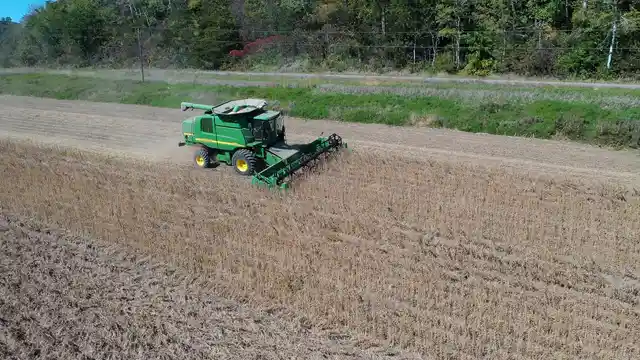
Impact on Construction
Construction in winter is like trying to build a snowman with no snow—tricky and often frustrating. Frozen ground can create serious issues for builders. Equipment struggles to penetrate hardened soil, leading to delays and increased costs. Foundation work becomes a challenge as frozen soil can cause instability.
But fear not, builders! There are techniques to combat frozen ground. One popular method is using heated blankets or mats to thaw the ground. These innovative tools can save time and ensure that construction continues smoothly.
Another solution involves planning ahead. Builders can schedule projects during warmer months or incorporate equipment that can handle frozen conditions. For example, specialized drilling equipment can penetrate frozen soil more effectively than traditional machinery.
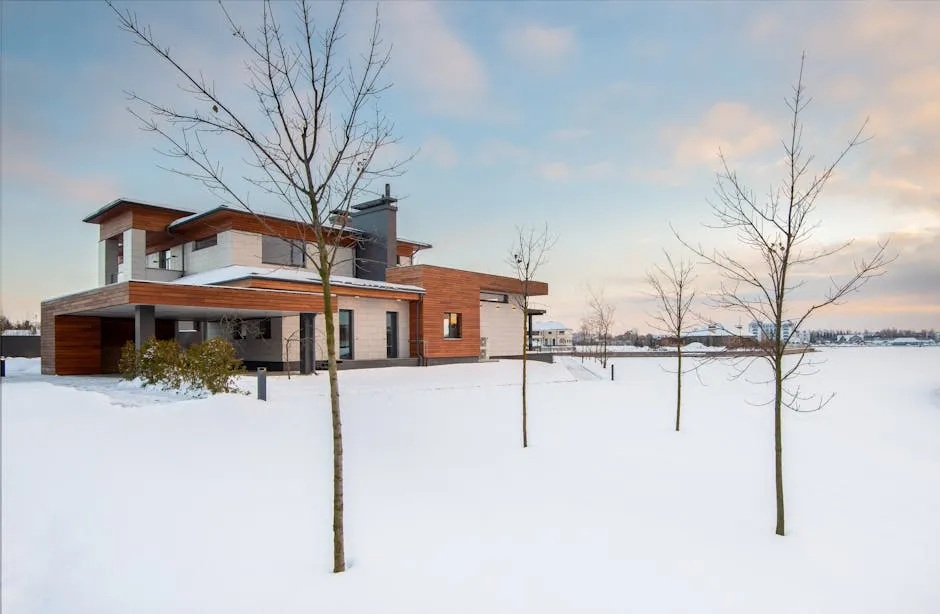
Ecological Effects
Frozen ground doesn’t just impact human activities; it also affects local wildlife and plant life. Many animals rely on soil and vegetation for survival. When the ground freezes, it can limit access to food sources for animals like rabbits and deer. Some species may hibernate or find shelter underground, but others struggle to adapt.
Plant life also feels the pinch. Roots may not be able to access moisture below the frost line, leading to dehydration. Additionally, the freezing and thawing cycle can cause soil erosion, damaging habitats and altering ecosystems.
Understanding these ecological impacts is crucial for maintaining biodiversity. It helps us develop strategies to protect vulnerable species and habitats during harsh winter months. Whether it’s creating wildlife corridors or promoting resilient plant varieties, a little foresight can go a long way in preserving our natural world during the icy season. And speaking of winter, have you ever thought about how a outdoor thermometer can help you keep track of those frigid temperatures? It could be a fun addition to your winter toolkit!
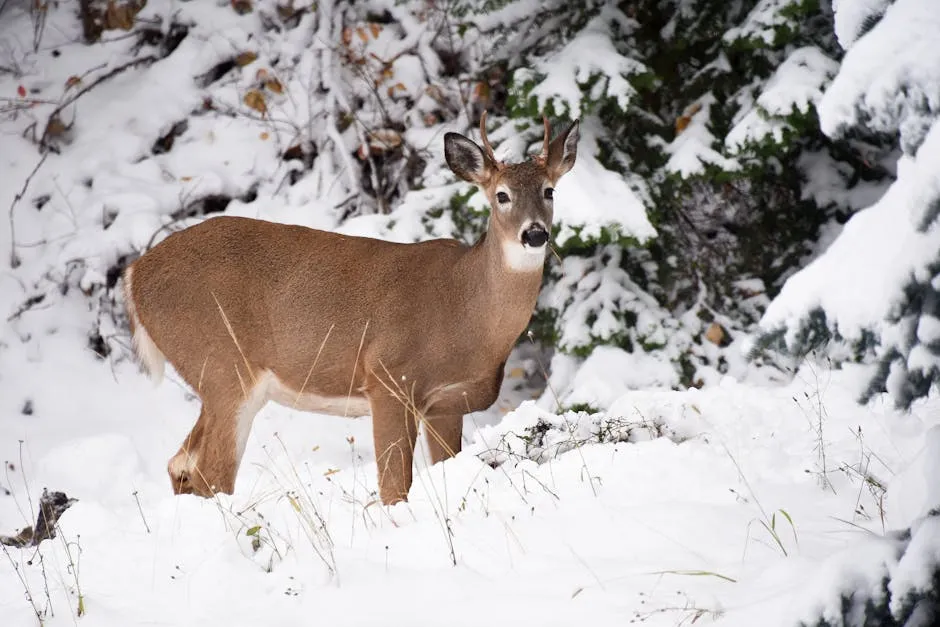
FAQs
What temperature does the ground freeze?
The ground typically freezes when temperatures drop below 32°F (0°C). This is the point at which the moisture in the soil begins to turn to ice, affecting the ground’s consistency and usability.
How deep can the ground freeze?
The depth of ground freezing varies depending on local climate and soil conditions, known as the frost line. In some areas, the frost line can reach several feet deep, while in milder climates, it may only penetrate a few inches. This variation can significantly impact construction and agriculture.
Can snow prevent the ground from freezing?
Yes, a thick layer of snow can insulate the ground and prevent it from freezing. Snow acts as a protective blanket, trapping heat in the soil beneath, which can help maintain softer ground conditions even in cold weather.
What types of soil freeze the fastest?
Sandy soils tend to freeze faster than clay soils due to their texture and drainage properties. Sandy soils allow water to drain quickly, making them more susceptible to rapid freezing. In contrast, clay soils retain moisture, which can lead to a slower freezing process but a harder surface once frozen. Understanding soil types helps in planning activities during winter months.
Understanding Frozen Ground
What is Frozen Ground?
Frozen ground, as the name suggests, is soil that has succumbed to the icy grip of winter. When temperatures fall below 32°F (0°C), moisture in the soil transforms into ice, creating a solid barrier. This phenomenon can be broadly categorized into two types: seasonally frozen ground and permafrost.
Seasonally frozen ground is what most of us experience every winter. It thaws during the warmer months, allowing plants to grow and soil organisms to thrive. On the flip side, permafrost is a more permanent fixture, remaining frozen year-round. It can be found in polar regions and high mountains, impacting ecosystems significantly.
The consequences of frozen ground ripple through nature, affecting everything from plant growth to animal habitats. For instance, many plants rely on the upper soil layers to access moisture, but when those layers freeze, they face a drought-like condition. Understanding the nuances of frozen ground is crucial for anyone interested in agriculture, ecology, or simply enjoying winter activities. And if you’re planning to spend time outdoors, don’t forget your waterproof gloves to keep those fingers toasty!
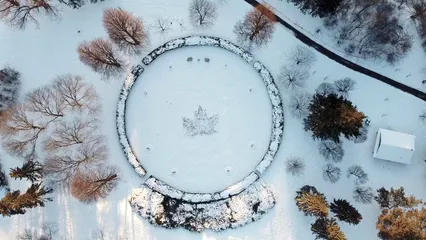
How Does Freezing Occur?
Freezing occurs when the temperature of the soil dips below the freezing point of water. As air temperatures drop, heat escapes from the ground. The moisture within the soil begins to freeze, forming what is known as pore ice. This process is akin to a dramatic transformation, where water morphs into solid ice, affecting the soil’s texture and structure.
This process can be influenced by several scientific principles. For instance, when water freezes, it expands by about 9%. This expansion can lead to frost heave, where the ground lifts and shifts, potentially damaging roads and other structures.
Moreover, the freezing process isn’t uniform. Different soil types respond differently. Sandy soils drain quickly and freeze rapidly, while clay soils retain moisture, creating a more solid and unstable surface. Such variations can dictate how land is utilized during harsh winters, impacting everything from farming schedules to construction timelines.
Ultimately, the freezing process is not just a simple act of water turning into ice; it’s a complex dance of temperature, moisture, and soil composition that shapes our winter landscape. Understanding this intricate relationship allows us to better prepare for the impacts of frozen ground, ensuring we can navigate the challenges winter brings. And if you’re looking to stay warm while hiking, consider investing in thermo-regulating base layers for that extra warmth!
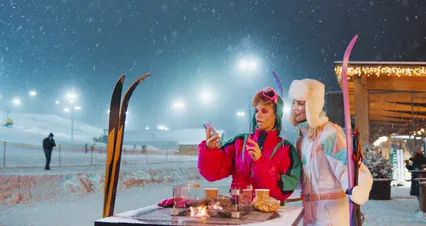
Please let us know what you think about our content by leaving a comment down below!
Thank you for reading till here 🙂
Understanding why some drivers drive slowly can be related to the environmental factors affecting ground conditions. why do some drivers drive so slow
All images from Pexels




